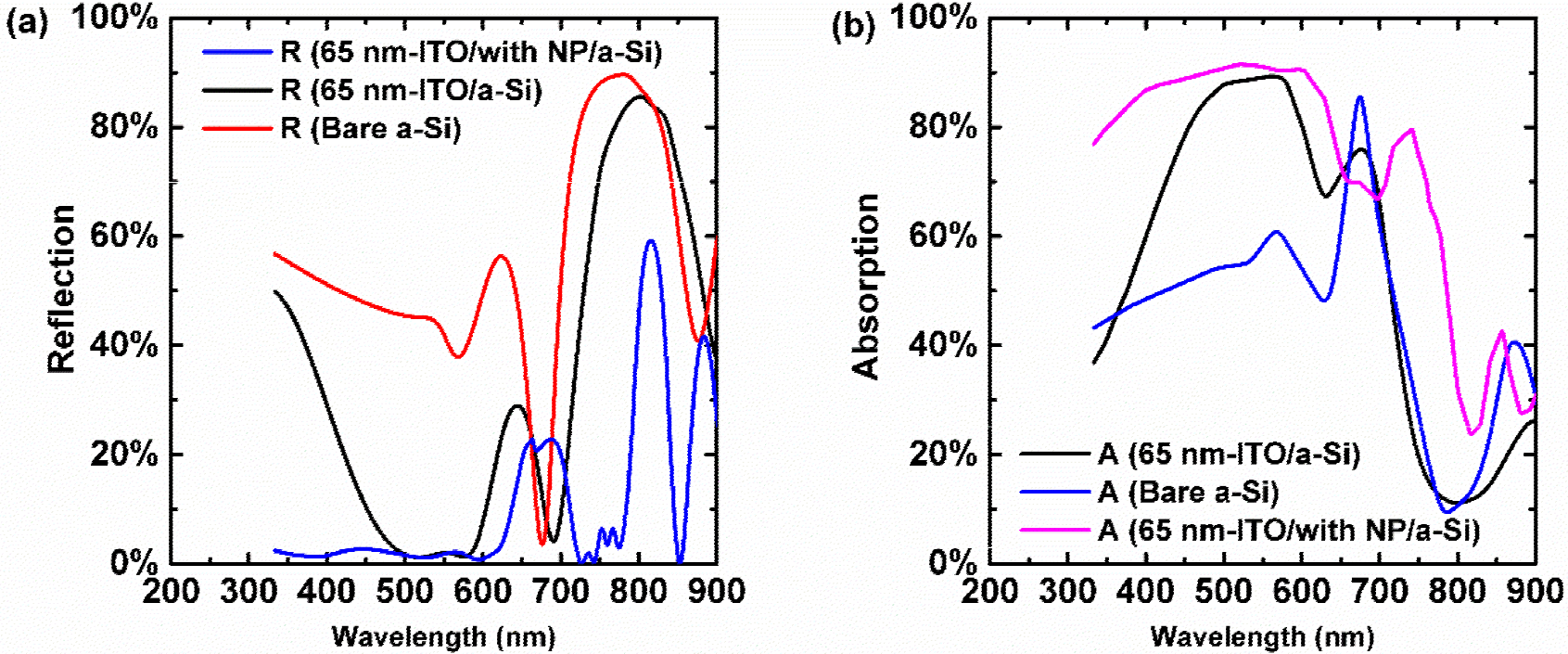Calculation of solar insolation.
Relfectance spectra of solar panels.
Analysis of solar irradiance data sets.
These materials are as diverse as.
Solar radiation on a tilted surface.
The solar panel material in figure 1 was placed in the armn 735 absolute reflectance accessory and a series of spectra measured in the spectral range 400 1250 nm were recorded at incidence angles of 5 to 75 degrees with synchronous detection 5 degree offset used for each incidence angle setting.
Reflectance spectra of painted panels measured using lambda 1050 and 150 mm integrating sphere.
Measurement of solar radiation.
Typical meteorological year data tmy making use of tmy data.
Solar transmittance τe and solar reflectance ρe refer to the ratio of the radiant flux of solar energy vertically incident on a glass surface to the transmitted radiant flux or reflected radiant flux.
Uv winlab report of tsr according to astm g 173.
Solar panel efficiency is a measurement of how much of the sun s energy a certain panel can convert into usable electricity.
The measured reflectance plots are deconvolved to derive physical parameters including surface roughness and texture antireflective.
Reflectance measurements of materials used in the solar industry introduction one of the most common measurements made by the solar energy industry today is quantification of a material s surface reflectance.
In the equations eλ δλ is the weight coefficient indicating the standard spectrum distribution of solar energy as specified in jis.
Arbitrary orientation and tilt.
It is measured with a solar spectrum reflectometer on a scale of 0 not reflective to 1.
Read 2 answers by scientists with 3 recommendations from their colleagues to the question asked by alex clay cushley on jan 11 2017.
Compare contrast spectra collected on the accessories.
Table 1 standardnotes title astm g173 1 standard tables for reference solar spectral irradiances.

